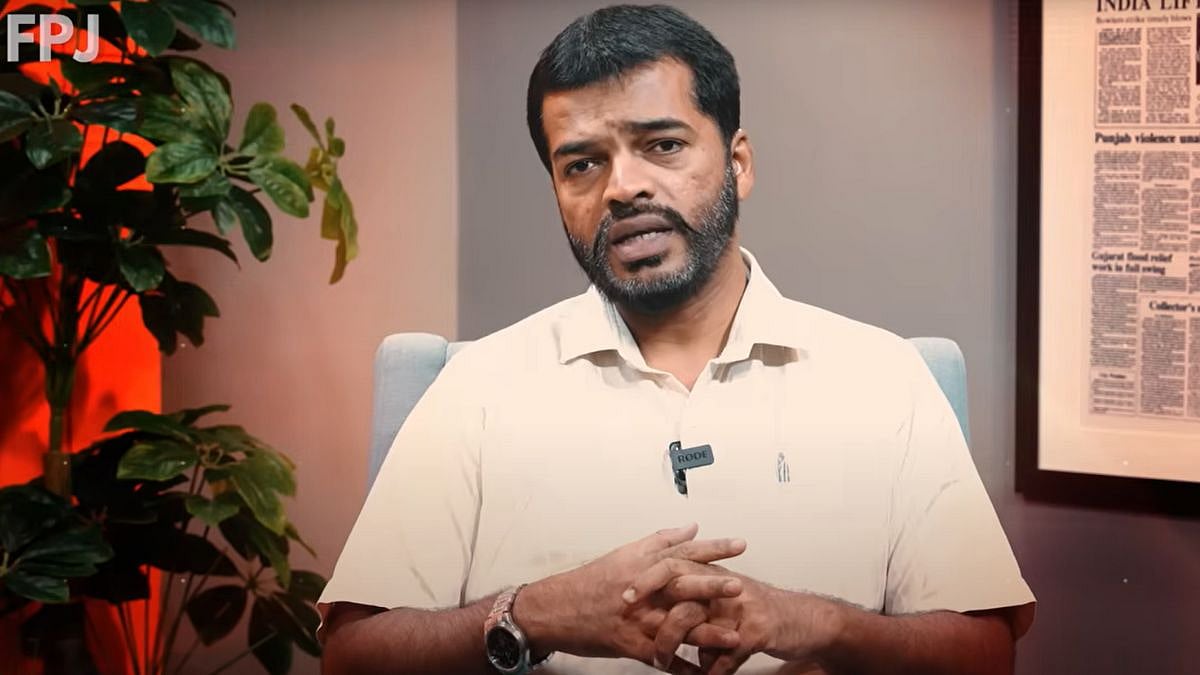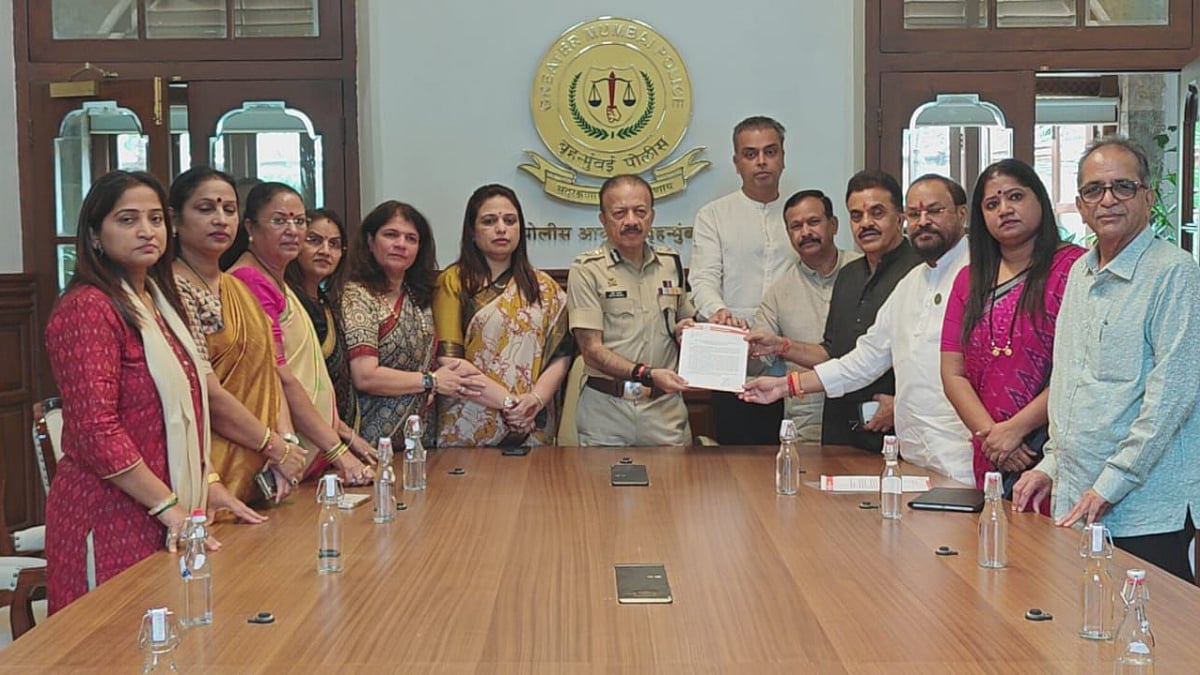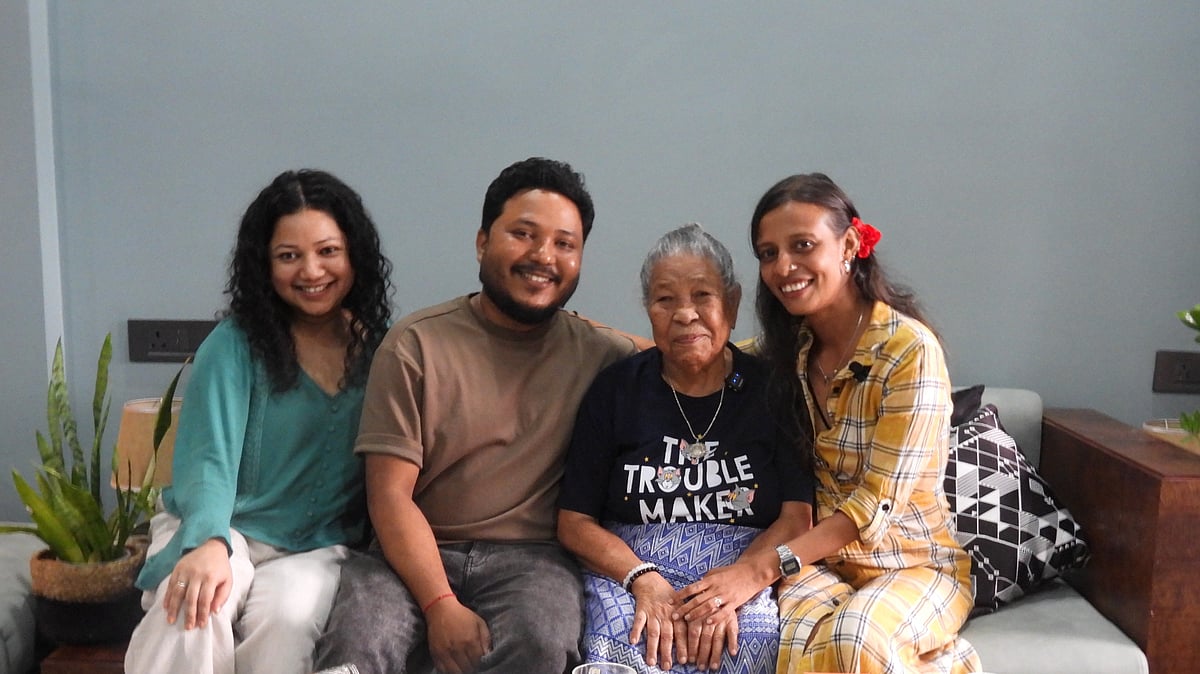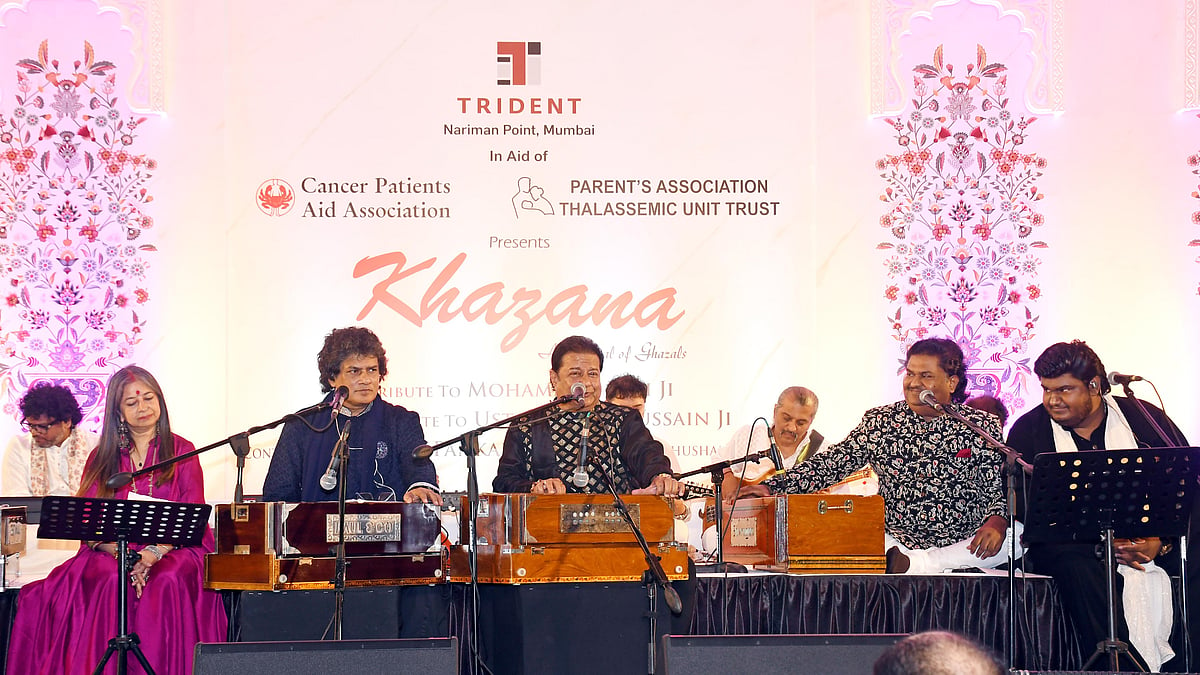Each June, offices across India transform briefly — rainbow logos on email footers, ally badges on lanyards, panel talks on Zoom screens. But by July, the hashtags fade and so does the momentum. Pride often begins and ends on company calendars.
Navv, 29, a professional from Gurgaon, shares, “Not every organisation even acknowledges Pride Month. And when you express yourself through fashion, wear something bold, something that feels true to you, the trolling begins. Not always openly. But you see it. In the looks, in the side comments.”
Not to say every workplace is the same. Some are doing the work. Others are still stuck in the optics. What does Pride feel like in corporate India, beneath the campaigns, behind the policies, inside the lived experience?
Rigid mindsets
The 2018 decriminalisation of Section 377 was a legal milestone, no doubt. But laws don’t change mindsets overnight. A 2023 LinkedIn India report found that while nearly 80% of companies claim they support LGBTQIA+ inclusion, fewer than half of queer employees feel safe being out at work. Even fewer have access to benefits like health coverage for same-sex partners or gender-affirming care. When safety is theoretical, inclusion becomes conditional.
“Authentic inclusion is creating spaces that are safe so people can be themselves without fear,” says Shruti Swaroop, founder and CEO at Embrace Consulting. “Where pronouns are respected, microaggressions are addressed, and allyship is a practice, not a performance. Our workplaces can only achieve their true potential when LGBTQ+ individuals feel seen, valued, not merely accommodated.”
Many queer professionals aren’t facing overt discrimination. What they carry is subtler, exclusion by omission. Being the last to be introduced, having to correct pronouns under their breath, avoiding mentions of a partner in a Monday meeting. These micro-decisions stack up, quietly eroding confidence and comfort over time. Even in progressive organisations, visibility can carry its own weight. A trans-employee in Bengaluru, working at a firm known for inclusive policies, chooses not to share her identity beyond a few close colleagues. “I don’t want to be the ‘diversity face,’” she says. “I don’t want HR calling me for every panel. I just want to… do my job.”
Cost of hiding
Visibility is often framed as empowerment. But it’s not always a choice, and it’s not always safe. A 2024 study by Catalyst India found that LGBTQIA+ employees who are not out at work report higher anxiety, lower productivity, and diminished trust in leadership. The toll isn’t just emotional. It’s structural. It affects engagement, retention, and even innovation. And yet, queer employees are still often expected to carry the invisible load: correcting missteps, educating colleagues, absorbing awkward silences, all while keeping performance high.
Power of small shifts
An employee at Embrace Consulting, who preferred to remain anonymous, says working closely with LGBTQ+ colleagues changed the way he understands inclusion. “I used to think having queer people in the room was enough, that their presence meant progress,” he says. “But I’ve seen how it’s the tiny moments that matter more. Like when someone hesitates to mention their weekend because they don’t know how it’ll be received. When a manager genuinely asks for someone’s pronouns, or a colleague steps in to correct a tone-deaf comment, that’s when a workplace starts to feel safe.”
Pride, in this sense, isn’t a celebration. It’s a habit, something woven into how we speak, lead, and show up. Not just in June. But every day after.
Who’s doing the work?
Some companies are leading with more than rainbow posts and hashtags. As of 2025, organisations like The Lalit Group, ThoughtWorks, Godrej, TCS, and Infosys are being acknowledged for building long-term inclusion. These companies have implemented inclusive hiring frameworks, created LGBTQ+ employee groups, added gender-neutral restrooms, and introduced healthcare policies that extend to same-sex partners. They’re not perfect. But they’re building for permanence.
Then there’s Axis Bank, whose ComeAsYouAre initiative is more than just branding. Over 50,000 employees have undergone LGBTQ+ sensitivity training. Internal forums don’t just exist; they influence policy and flag issues when culture slips. Their healthcare benefits include gender-affirming surgeries, partner coverage, and real-time grievance redressal.
Godrej Capital, under its Good & Green commitment, has gone even further. From job fairs for queer professionals to transition support and internal audits on DEI compliance, their inclusion strategy isn’t a side project, it’s embedded.
And quietly, a wave of Indian startups across sectors, fintech, food tech, ad agencies, are rolling out systems that matter. Pronoun pickers on internal platforms. Bias trainings that don’t just exist in theory. Queer ERGs that don’t shut down in July. These changes may not trend on social media. But they’re real.
They prove inclusion isn’t about corporate cosplay. It’s about culture by design.
Inclusion
“Inclusion isn’t just HR’s responsibility,” the anonymous employee from earlier adds. “It’s everyone’s. We’re part of the culture. We decide what’s okay and what’s not. It’s not someone else’s job to speak up.”
That’s the truth most panel discussions miss: there’s no checklist that makes a workplace inclusive. There will be slip-ups, a misgendered email, a clueless joke, a clunky campaign. The question isn’t whether mistakes will happen. It’s how we respond when they do.
Because inclusion doesn’t arrive in a policy memo. It arrives when someone like Navv no longer has to mute who he is to feel “professional.” When being queer isn’t seen as brave, just normal. When the question isn’t, “Are there LGBTQ+ employees here?” but “Do they feel safe enough to stay?”
That’s when Pride moves beyond the campaign calendar. That’s when it becomes culture, lived, shared, and sustained.












